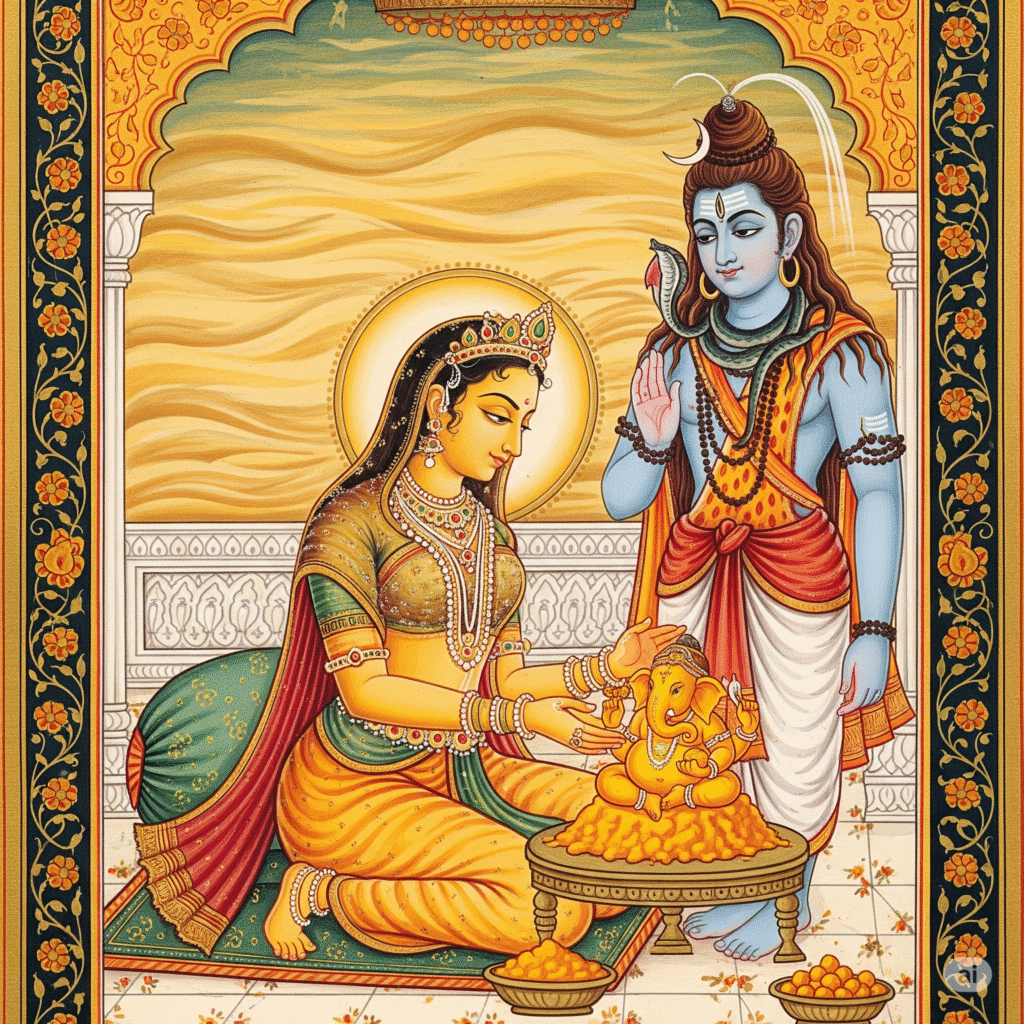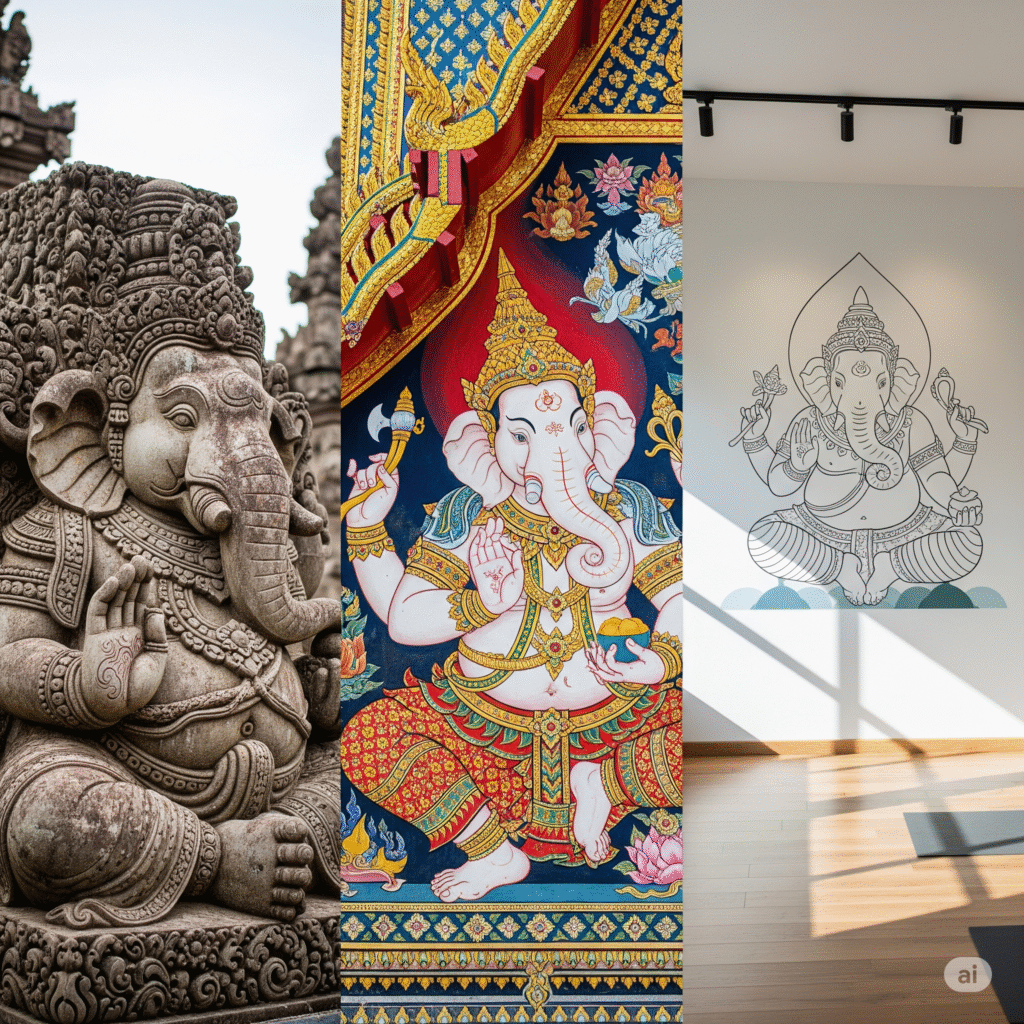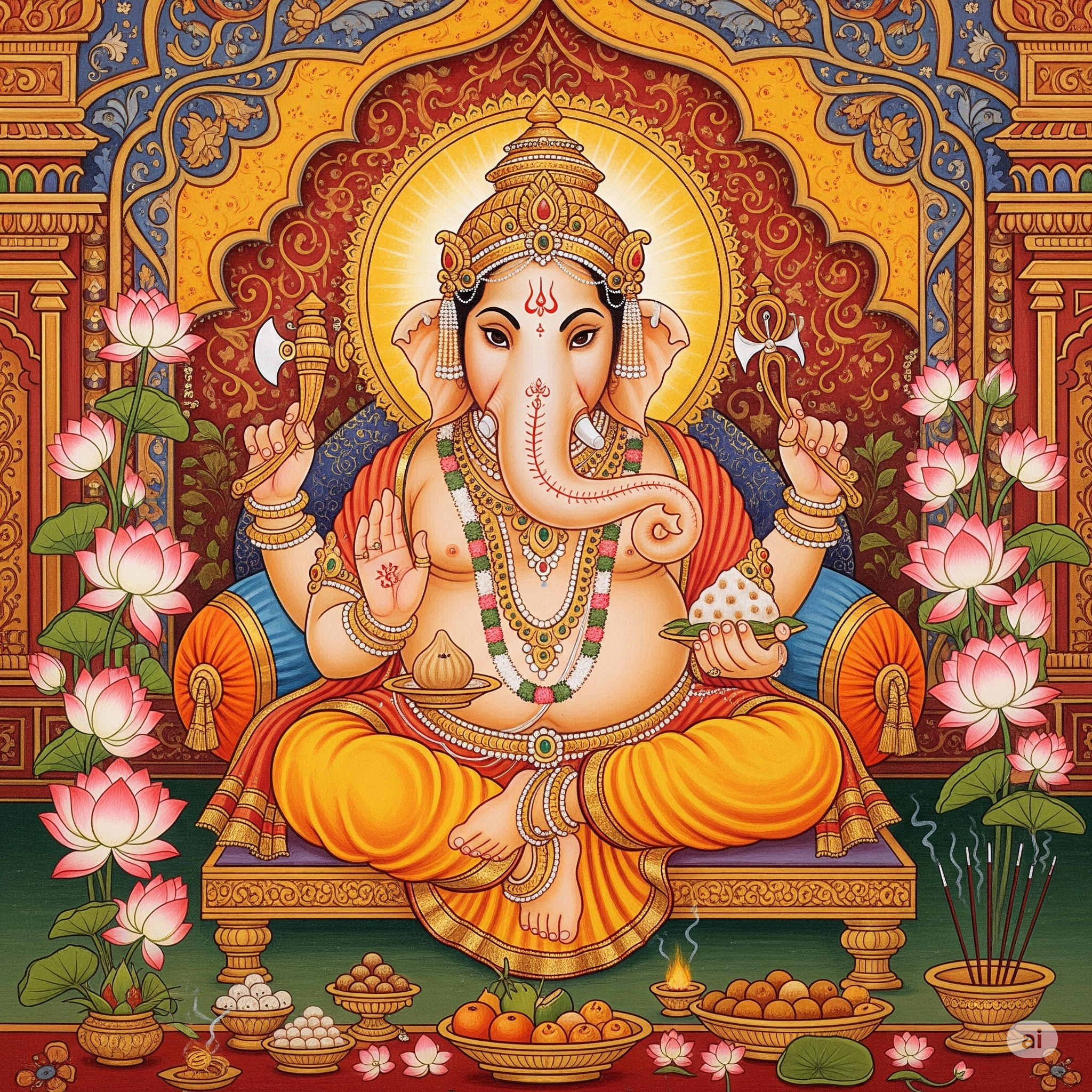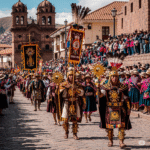With his round belly, friendly smile, and unmistakable elephant head, Ganesha is one of the most beloved and widely worshipped deities in Hinduism. But have you ever wondered how this unusual icon came to be? The story of how Ganesha got his elephant head is not just a myth — it’s a tale full of symbolism, cultural meaning, and artistic inspiration that spans continents.
The Birth of a Divine Son
According to Hindu mythology, Ganesha was created by the goddess Parvati, consort of Shiva. Wanting a loyal companion while Shiva was away, she formed a boy from turmeric paste and breathed life into him. She assigned him a simple task: guard her private chambers while she bathed.
When Shiva returned home, he found the unknown boy blocking his entry. Enraged by the defiance, Shiva struck the boy with his trident and severed his head.
The Elephant-Head Transformation

When Parvati discovered what had happened, she was devastated. To make amends, Shiva promised to bring the child back to life. He instructed his attendants to find the head of the first living creature they encountered — which happened to be an elephant.
Ganesha was revived with the elephant’s head and granted blessings from all the gods. From that day, he became the Remover of Obstacles, the god of wisdom, beginnings, and prosperity.
Why the Elephant?
The elephant head isn’t just a random replacement — it holds deep symbolic meaning:
- Wisdom and Intelligence: Elephants are revered for their memory and calm wisdom, just like Ganesha.
- Strength and Power: An elephant can clear paths — much like Ganesha clears spiritual and worldly obstacles.
- Large Ears and Small Mouth: A reminder to listen more and speak less — a key to personal growth.
In many Indian homes and businesses, a statue or image of Ganesha is placed at the entrance — a protector of thresholds and new beginnings.
Cultural Impact Across the World

Ganesha’s influence goes far beyond India. Through centuries of trade, migration, and spiritual exchange, his image and stories have spread across Asia and into global pop culture.
- In Bali (Indonesia): Ganesha is worshipped in temples and homes, often seen near rice paddies as a guardian of harvest.
- In Thailand: Known as Phra Phikanet, Ganesha is honored in both Hindu and Buddhist traditions.
- In the West: His image appears in yoga studios, tattoos, and modern art — often as a symbol of mindfulness and transformation.
Artistic Interpretations
Ganesha’s story has inspired generations of artisans. You’ll find his likeness carved in sandstone in ancient temples, painted in Madhubani and Kalamkari styles, molded into clay during Ganesh Chaturthi, and even woven into textiles.
Each region adds its own flavor — in Maharashtra, he’s muscular and regal; in Bengal, he’s painted with almond eyes and gentle posture. Even within India, the diversity of his portrayal reflects the depth of the cultural imagination.
Why This Story Still Matters
At its core, the story of Ganesha is one of transformation and forgiveness. A moment of misunderstanding leads to destruction — but also to rebirth, wisdom, and unity. It teaches that obstacles are part of life, but with grace and resilience, they can lead to something greater.
For millions, Ganesha isn’t just a god — he’s a daily reminder that wisdom often wears unexpected faces, and that every ending carries the seed of a new beginning.








